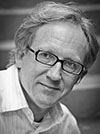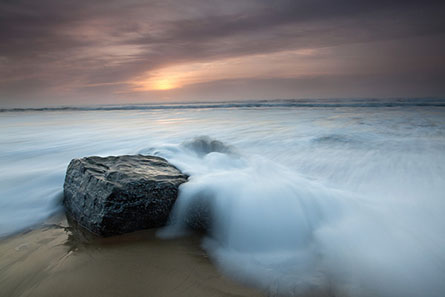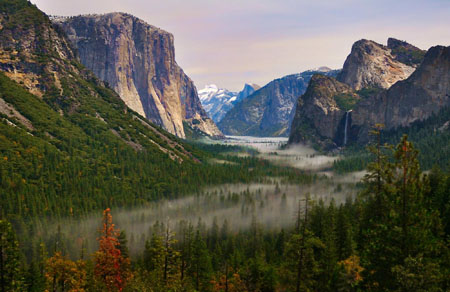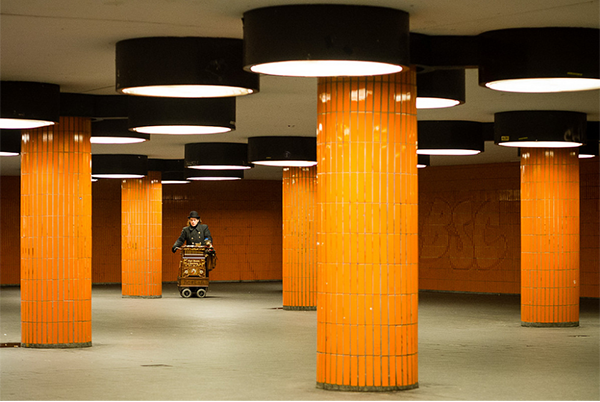
Achim Katzberg, hailing from Mainz, Germany, is a curious mix of a photographer. He is specialized in street and reporting photography along with architecture photography. Its the last aspect of his work that caught my eye in the first place.
He says, “My street photography reflects my great love for people and life in general as well as my fascination for architecture and design. I love to show people in the urban environment in strong compositions.” His works stand as a testimony to his passion. We are super excited to introduce him to our readers.
Q. I realize after seeing your works that the introduction of a human element surprisingly adds context and new meaning to the structures portrayed. Was that a conscious decision from the beginning?
A. When I started with architecture photography, I looked up to create strong compositions by the conscious use of converging lines. So I have spent a lot of time waiting for people to get out of the way. Later this has changed and I have spend a lot of time waiting for someone to enter the frame and thus enhancing the scene.
Q. Are you self taught?
A. I have taken photos with analog cameras since my early youth. Even as a young boy I started with a highly sophisticated Kodak Instamatic camera, which has been later replaced by my first reflex camera when I was a teenager. At that point in time, I attended some basic training and spent a lot of time in analog shooting.
I underwent training again when I entered into the digital world after a couple of years. Everything else is more or less self taught, a lot of trial and error, discussions with other photographers and inspiration from others including the study of literature.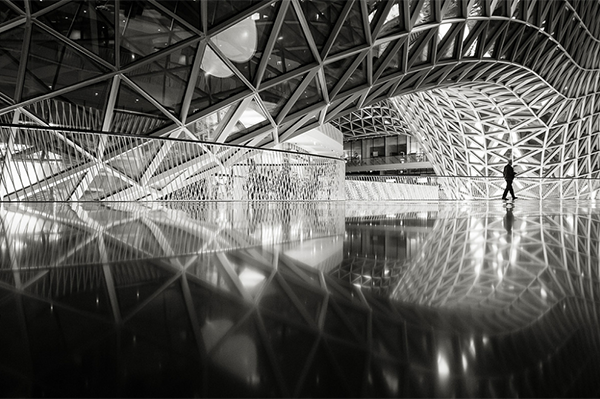
Q. What kind of gear do you use?
A. For me the first and foremost rule is :
“The best camera is the one you have with you.” – Chase Jarvis
I am personally convinced that the importance of camera is often overestimated. The use of a relatively small and unimpressive-looking camera combined with good lenses is very supportive in taking spontaneous street photos of decisive moments. They let you go almost unnoticed in nearly every situation because of the less intimidating gear. A small and handy camera brings you closer to actual events and supports you in telling stories in a more dynamic and truthful manner.
Having this said, for my street photography, including most of the architectural photos, I am currently working with an Olympus OM-D along with 45mm/ f/1.8, 17mm f/1.8 and 75mm/ f/1.8 lenses. For commissioned reportage photography, I work with a Canon 5D MK III.
“You miss 100% of the shots you never take!” – Wayne Gretzky
Q. Which is your favorite lens? Why?
A. I would not say that there is a favorite lens, but I love to work with light efficient lenses. They allow me to work with available light and use this advantage to give shape and depth by the use of depth of field.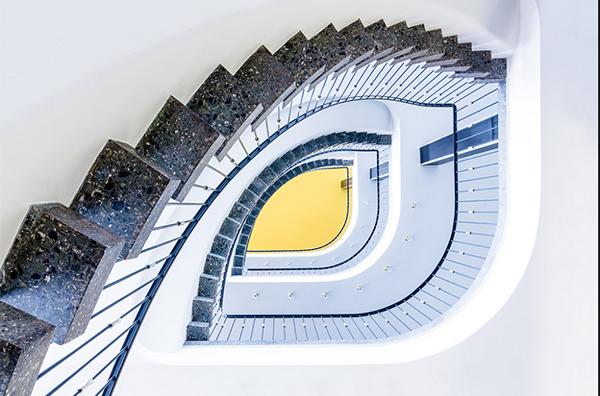
Q. Among the gadgets that you own, is there something that you wish you hadn’t bought?
A. No, I would not say that there is any gadget I wish I hadn’t bought. Each single piece I owned increased my range of experience. For example, before using the Olympus OM-D, I was using a Sony Nex7. When I bought the Sony, my decision was made based on its better sensor. But I found that OM-D has a fast auto focus compared to Sony’s.
Q. When you go for your travel, what all do you take with you?
A. For travel, I make use of the advantage of a small camera. So I travel with my Olympus OM-D and the lenses mentioned above.
Q. What are your camera settings while shooting?
A. The following settings should be seen as a kind of preference only.
a. Shooting mode – Aperture Priority
b. ISO – Manual
c. Image type – RAW (exclusively)
d. Focussing Method – Auto with manual adjustment of the focus points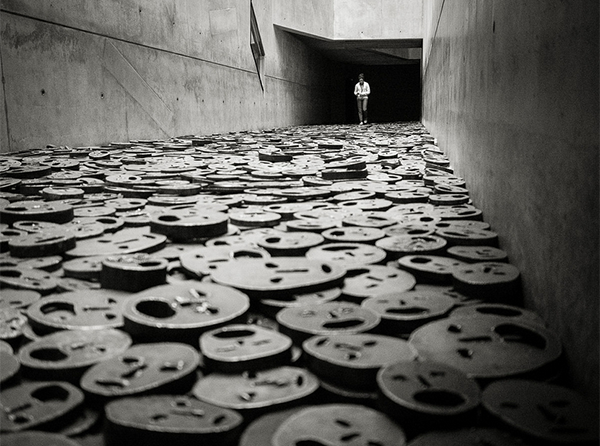
Q. Please explain your post-processing workflow.
A. After uploading the RAW files to Lightroom 5, I remove all the non-keepers in the first pass. If needed, I do a second or third iteration to keep only those files I would like to go-ahead with post processing. Once the selection is done, next steps are pretty standard involving color correction, contrast, cropping and straightening. Sometimes I apply a slight vignette and often do black and white conversion with slight toning.
Q. What is your favorite time for taking architectural photos? I see that all your pics star a single human most of the time.
A. Believe it or not – you can take such photos with single human at any time. It is very important that you and your camera are prepared for that moment. However it is obvious that it is much easier to catch such a moment during a day or a time when fewer activities take place; for example early in the morning or on a Sunday. But this applies only for non touristic locations.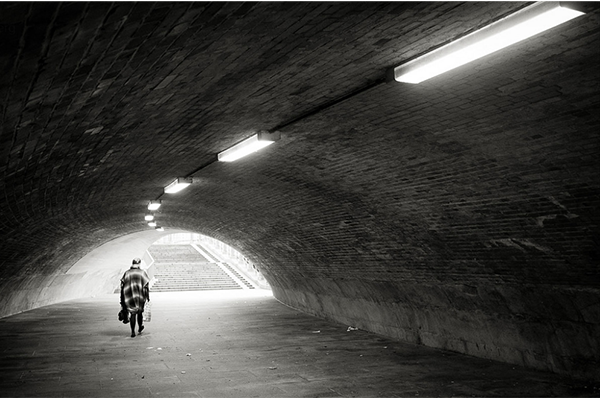
Q. What piece of architecture you like to photograph? I see a lot of staircases and corridors in your album.
A. I would not say that there is a specific piece of architecture I like most, but I really like architecture with a clear structure and modern design concepts, supporting strong compositions for my photos.
Q. What would you say to someone who wants to get into architectural photography?
A. First of all – go out and shoot!
Take care of the composition. Think about different points of view and use the lines provided by each building thoughtfully. Find inspiration from discussion around your work and of others. Study others works and try to find your own style.
Lastly – go out and shoot!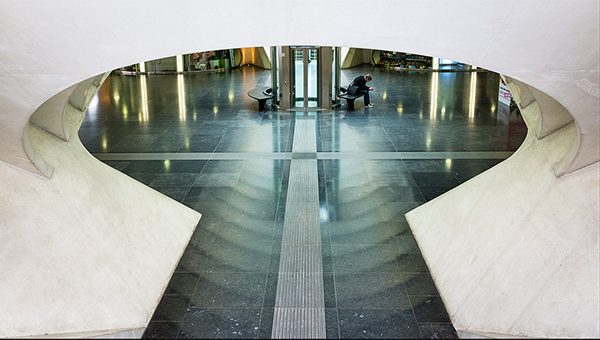
Q. Whose work has influenced you most? Whose work you like most?
A. Sebastian Schmidt, a German street photographer. I noticed his ‘lonely human’ series in an exhibition in Wiesbaden and attended a street photography workshop held by him in late 2010.
Q. Among your works, which one is your favorite? Why?
A. This question is hard to answer, since there are lots of personal favorites. However in the context of our discussion, I would like to mention the lonely dog. It has been taken during the workshop with Sebastian Schmidt. I still love it a lot.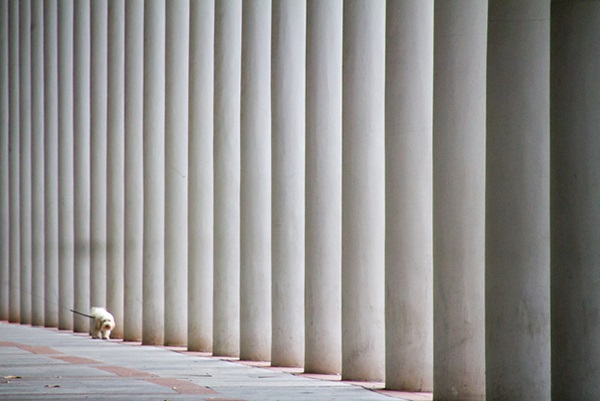
Q. What is the one thing you wish you knew when you started taking architectural photos?
A. Architecture and humans belong together. Architecture is designed for humans. Consider the human factor!
Our Favorite Achim Shot
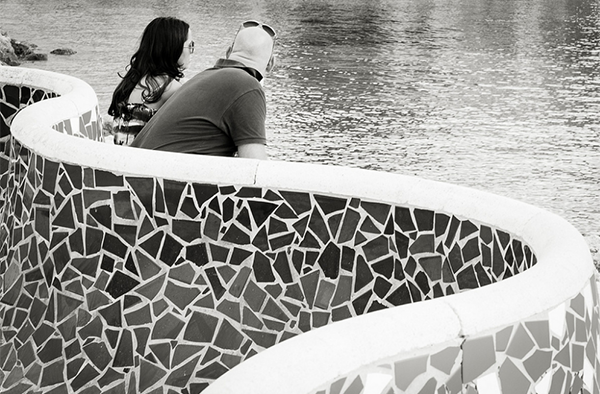
This shot stands as a testimony to his ability to create meaning out of ordinary objects around us.

